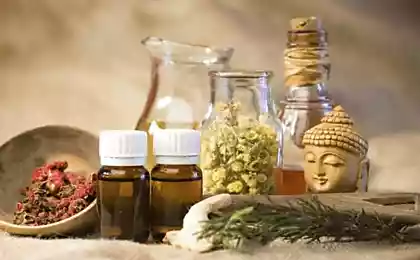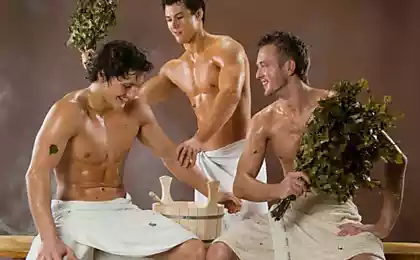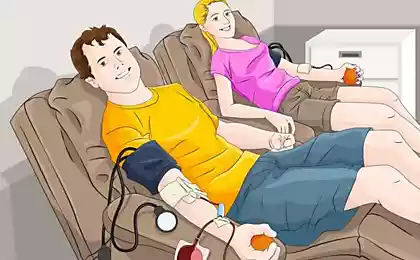208
Everything you need to know about blood counts. Save it for sure!
A blood test is the most important and reliable analysis to determine any diseases of our body. Human blood consists of hundreds of components and for each of them there are boundary indicators. And it is a general blood test that allows you to see and assess whether they are normal.
Results of the general blood test They allow the doctor to see the full picture and draw conclusions quickly.

Today's edition. "Site" He will tell you about the most important blood counts and their norms for a healthy person.
General blood counts
As you can see, thanks to a general blood test, you can learn about almost all diseases and disorders in the body. If you get normalizationEverything's fine. But even if the results are higher or lower than normal, you should not panic.
You do not need to diagnose yourself and prescribe treatment, first of all you need to consult a doctor, because the indicators can depend on many factors. Take care of yourself and your health!
Don’t forget to share this informative article with your friends!
Results of the general blood test They allow the doctor to see the full picture and draw conclusions quickly.

Today's edition. "Site" He will tell you about the most important blood counts and their norms for a healthy person.
General blood counts
- hemoglobin
Hemoglobin is one of the most important components of red blood cells (red blood cells), whose function is to transport oxygen and excrete carbon dioxide from the body. Low hemoglobin can be a sign of developing anemia, internal bleeding or damage to internal organs. Also, the cause of a low hemoglobin index can be poor nutrition and exhausting diets. But increased hemoglobin is observed in blood diseases and heart failure. The norm of hemoglobin is 130-160 g / l for men and 120-140 g / l for women.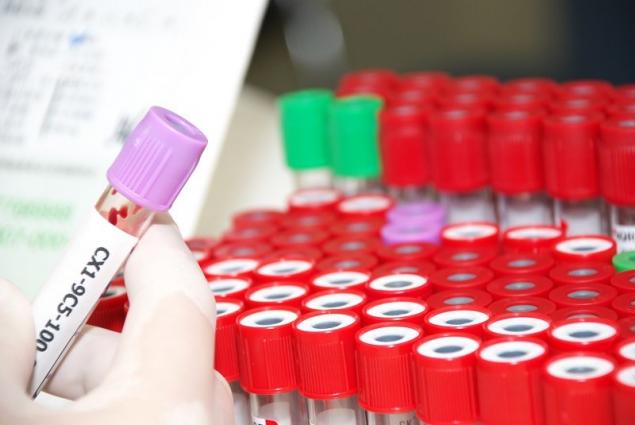
- red blood cells
Red blood cells that contain hemoglobin. Changing their number does not always indicate disease. For example, an increased number occurs in healthy people who are at high altitude in the mountains, and a reduced number occurs during menstruation in women. An excess of red blood cells also indicates diseases of the heart and lungs, and a lack of anemia or chronic inflammatory processes.
Normal values: in men - (4.0-5.1) x 10 in the 12th degree / l, in women - (3.7-4.7) x 10 in the 12th degree / l.
- Erythrocyte sedimentation rate (ESR)
According to this indicator, the course of the disease is observed, because it usually increases on the 2nd day of the disease and reaches its peak when a person begins to recover. An increase in indicators indicates infections and inflammation, also happens with injuries or operations, after childbirth and during pregnancy. The norm for men is 2-10 mm / h, for women - 2-15 mm / h.
- leukocytes
White blood cells are the defenders of our body from harmful external influences. Accordingly, an increased level of leukocytes indicates inflammation or infection. Sometimes a change in their level is observed not from diseases, but from stress or physical stress. But the lack of leukocytes indicates a viral infection. The norm can vary depending on age and sex, but in general, the normal indicator for all is considered (4.0–9.0) x 10 to the 9th degree / l.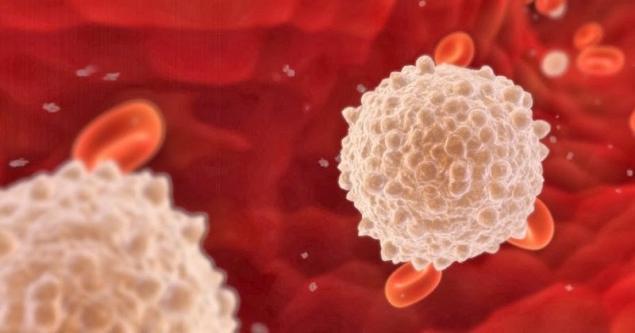
- lymphocytes
The main builders of our immune system. If their concentration exceeds the norm, then most often this indicates infectious diseases, and a low level of lymphocytes indicates renal failure or chronic diseases. The norm of content in the blood of an adult is (1,2–3) x 10 to the 9th degree / l.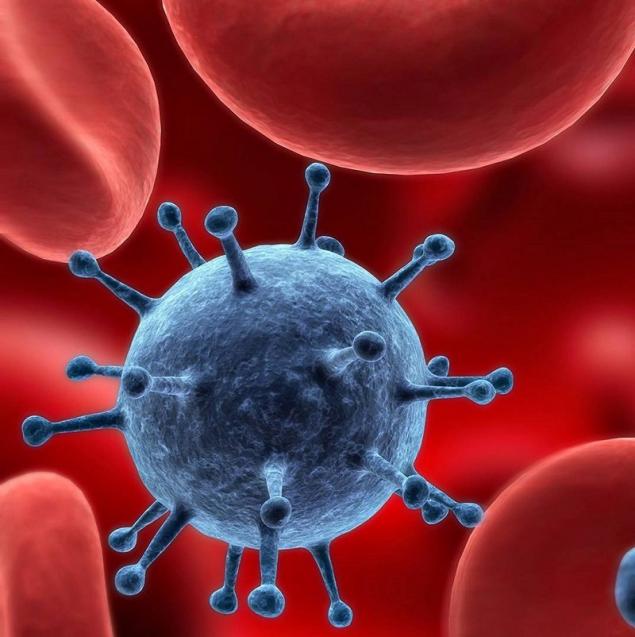
- Platelets.
These are the cells that are responsible for blood clotting. If their number exceeds the norm, then this may indicate tuberculosis, colitis or cirrhosis of the liver. Although an increase in platelet levels occurs after surgery, which is a normal reaction of the body. Low platelet content can be a consequence of alcohol or heavy metal poisoning, as well as liver and spleen diseases. Changes in platelet levels also contribute to a number of drugs.
The normal amount is (180-320) x 10 to the 9th degree / l.
- glucose
One of the most important indicators of blood, because it is the increased content of glucose in the blood that is a sign of a disease such as diabetes. But a decrease in glucose may indicate poor nutrition or hormonal diseases. Blood for glucose is recommended to take at least once every two years. The norm of glucose is 3.5-6.5 mmol / liter.
- Common protein
This indicator often decreases after strict diets, deterioration of the kidneys and liver. The norm is 60-80 grams / liter.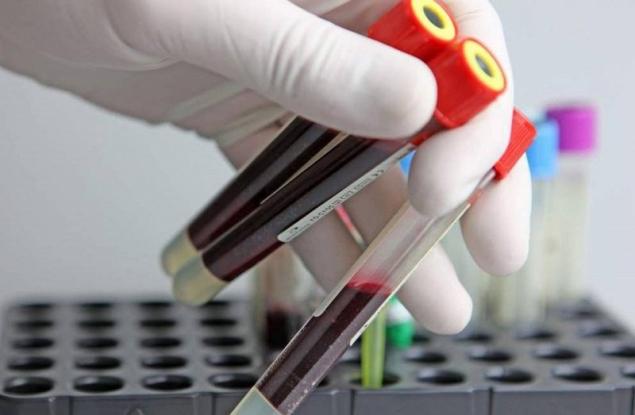
- bilirubin
Total bilirubin is an indicator of the work of our liver. An increase in this indicator indicates the development of hepatitis or gallstone disease. Normally, it should not be higher than 20.5 mmol / liter.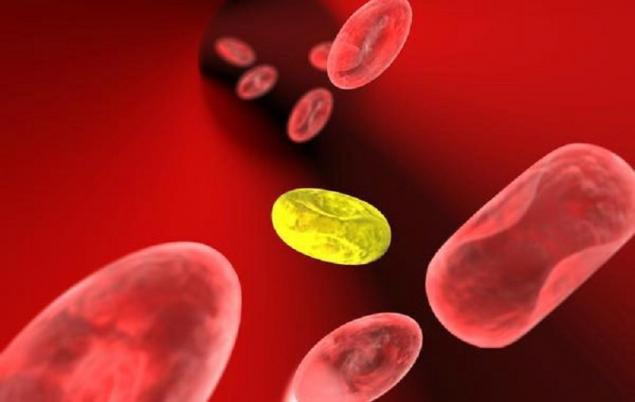
As you can see, thanks to a general blood test, you can learn about almost all diseases and disorders in the body. If you get normalizationEverything's fine. But even if the results are higher or lower than normal, you should not panic.
You do not need to diagnose yourself and prescribe treatment, first of all you need to consult a doctor, because the indicators can depend on many factors. Take care of yourself and your health!
Don’t forget to share this informative article with your friends!
How to distinguish a Chinese from a Japanese and a Japanese from a Korean? It's a special art.
How to put the perfect order in the house












